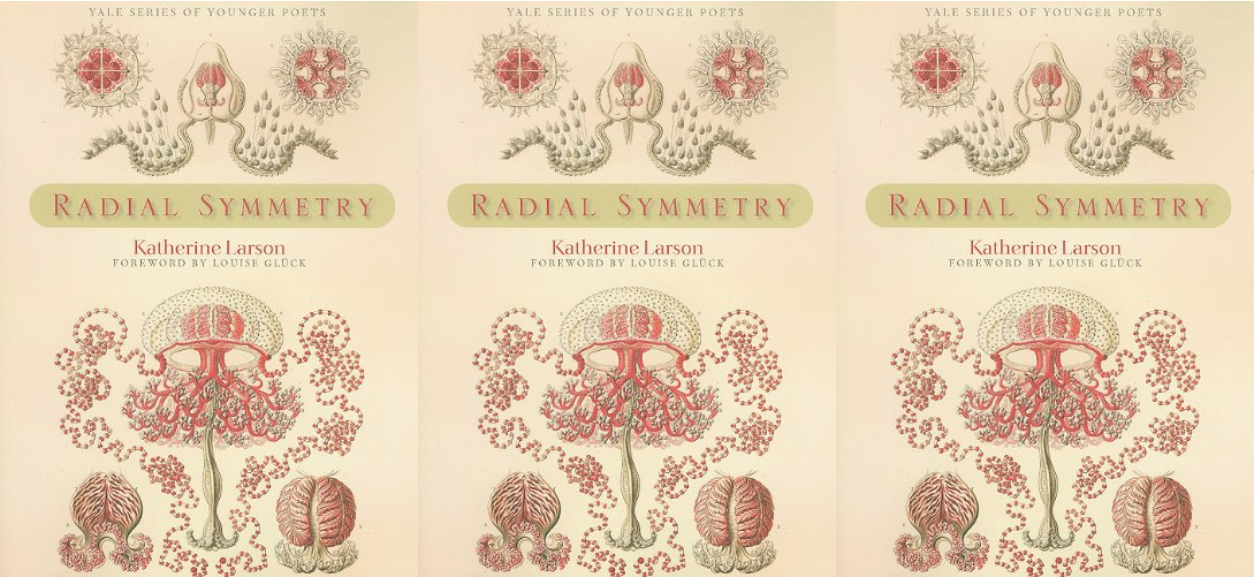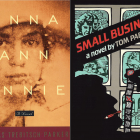Radial Symmetry

Radial Symmetry
Katherine Larson
Yale University Press, March 2011.
96 pages
$18.00
This post was written by Tory Adkisson.
In her recent collection of poems, Radial Symmetry, Yale Younger Series-winner Katherine Larson examines our culture’s increasingly stark division between scientist and artist, and ultimately makes a strong case for reassessing it. A research scientist herself, Larson explores how science and art collapse into each other, articulating her experiences in sensual, Cartesian terms—and the result is work that is both intellectually and emotionally engaging.
In the first lines of “Study for Love’s Body,” for example, Larson writes:
The theories of Love
have become tremulous and complicated.
The way the snow falls or Saturn revolves
repeatedly around some distance
where space is nothing
yet still something that separates us.
This poem puts love in a scientific framework; emotions become problems to be solved. The image of space, which is both dismissed as “nothing” and also acknowledged as a real form of separation, relies on the reader’s understanding of basic astronomy to provide the poem with emotional resonance. Science informs the art. (Even the title plays on the ambiguity between an artistic study of a figure or landscape and the scientific study of an object or an organism.)
Perhaps unsurprisingly, the title, Radial Symmetry, also comes from science, where it refers to something symmetrical “around and axis”—that is, with no “left” or “right,” only a top and bottom. (A mushroom is a good example, or a human bone.) But symmetry is also an important element in art—it’s a principle of composition that, when present, creates a sense of wholeness, or completion—and again Larson capitalizes on that double meaning.
In the last poem of her book, “In a Cemetery by the Sea: One Definition of a Circle,” she writes “Things that are equal to the same things are equal to each other, says Euclid. / Here, the morning birds are equal to the dawn. / […] where jellyfish like terrible offerings / present themselves each day to rot, / sheer centers surrounded by violet circles. / I trace them as he would have—beginning to end.”
The cool logic of Euclid’s equation hems the fate of these animals to each other, and to the landscape, yet Larson’s position as scientist and artist binds her to this world as well. She sees the scientist and artist, pain and pleasure, the present and past, and traces circles around all of them, “beginning to end,” with herself as their center. And so she writes.
Tory Adkisson’s poems have appeared or are forthcoming in The Los Angeles Review, West Branch Wired, CutBank, Painted Bride Quarterly, and Hayden’s Ferry Review, and elsewhere. A native of Southern California, he currently lives in Columbus, Ohio, where he teaches and serves as the current poetry editor of The Journal (thejournalmag.org).



